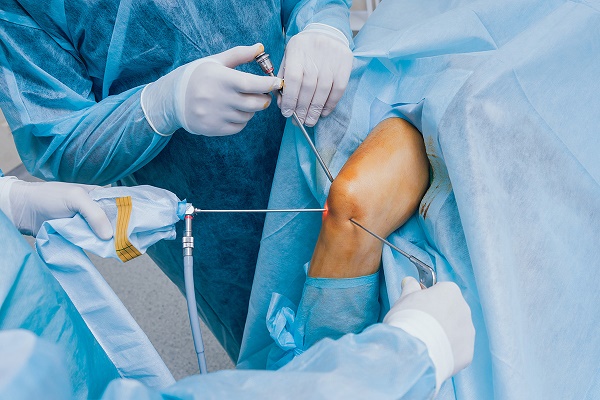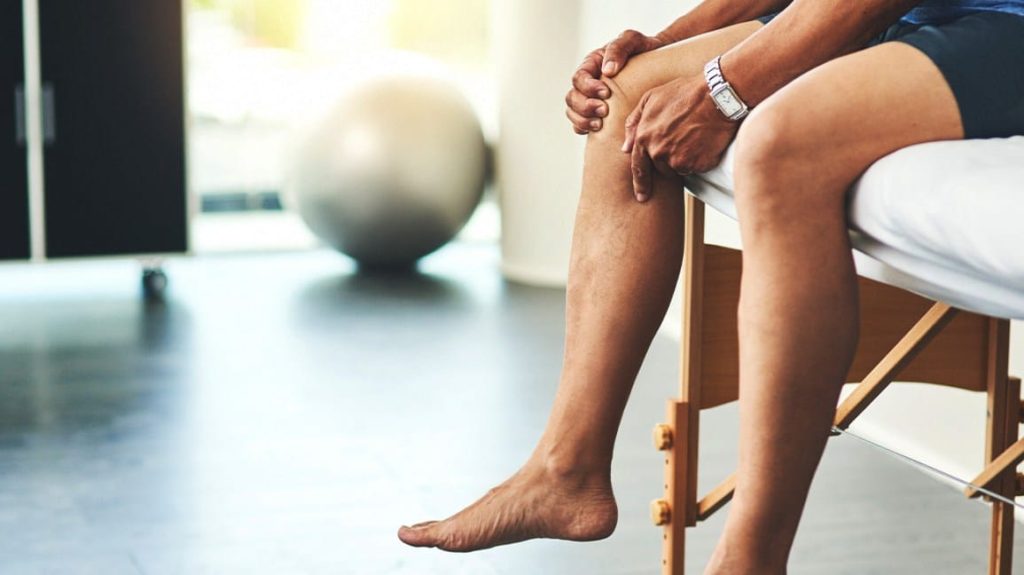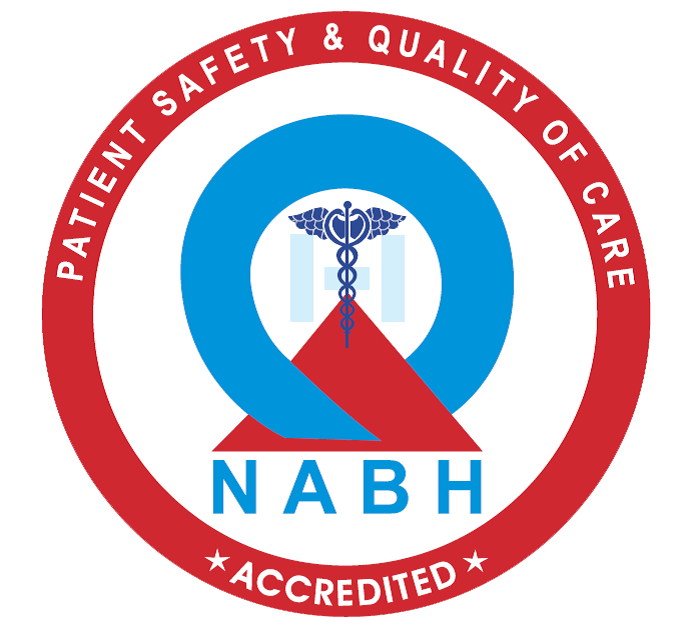Osteoarthritis (OA) is the most common form of arthritis, affecting millions of people across the world. OA is also called a degenerative joint disease or wear and tear arthritis. Osteoarthritis can happen when the protective cartilage cushions and the ends of your bones wear down over time.
Although osteoarthritis can damage any of the joints in the body, the disorder most commonly affects joints in your hands, knees, hips, and spine. The older you get, the more wear-and-tear happens. Women who have gone through menopause have a higher risk of getting osteoarthritis because their bodies stop producing estrogen, which helps bones grow.
The exact cause of osteoarthritis is unknown, however, you can manage symptoms and reduce risk factors. If you do develop OA, there are many lifestyle changes you can make to slow down the disease – says our best orthopedic doctors in Kakinada.
Lifestyle changes to prevent osteoarthritis
A various number of lifestyle factors affect your risk of developing osteoarthritis. The following are some lifestyle changes that help improve your joint health and prevent osteoarthritis.
1. Keep a healthy body weight
Extra weight puts pressure on your joints. It can hurt your hips, knees, ankles, and feet. Extra fat in the body causes changes in cartilage. If you having a healthy weight, maintaining that weight is the most important thing you should do to prevent osteoarthritis. If you are overweight, losing weight may be your best hedge against osteoarthritis.
2. Control your blood sugar
High blood sugar levels may be a significant risk factor for developing osteoarthritis. High glucose levels can increase the formation of molecules that make cartilage stiff. Diabetes can also cause inflammation that can accelerate cartilage loss. Keeping your diabetes under control and regulating glucose levels can you help prevent osteoarthritis.
3. Be physically active every day
Exercise is an excellent way to prevent joint issues. Low-impact exercise can improve joint health, keep joints from getting stiff and keep muscles strong. Regular exercise can also help slow down or even prevent osteoarthritis. Look for activities that include stretching and strength training in addition to aerobic exercise.
4. Avoid Injuries
Joint injuries increase your risk of getting osteoarthritis. When you start physical exercise, start slowly and work up to your goal. Each time you do exercises, take 5 to 10 minutes to warm up the body with gentle movements and stretches. This helps to prevent injuries to your muscles, joints, ligaments, and tendons.
5. Rest
Exercise can help people develop healthy joints and muscles, but excess stress on joints can increase the risk of developing OA. If your joints are swollen, it is important to give them rest through small breaks. Try to avoid using your swollen joint for exercise for at least 12 to 24 hours. Letting an injured joint heal helps reduce your risk of developing OA in the future.
If you already have osteoarthritis, these simple steps can be useful for reducing pain and other symptoms of osteoarthritis. In addition, there are many treatments orthopedics can recommend. They range from pain relievers to injections of corticosteroids and eventually, surgery to replace the painful, damaged joint






















































